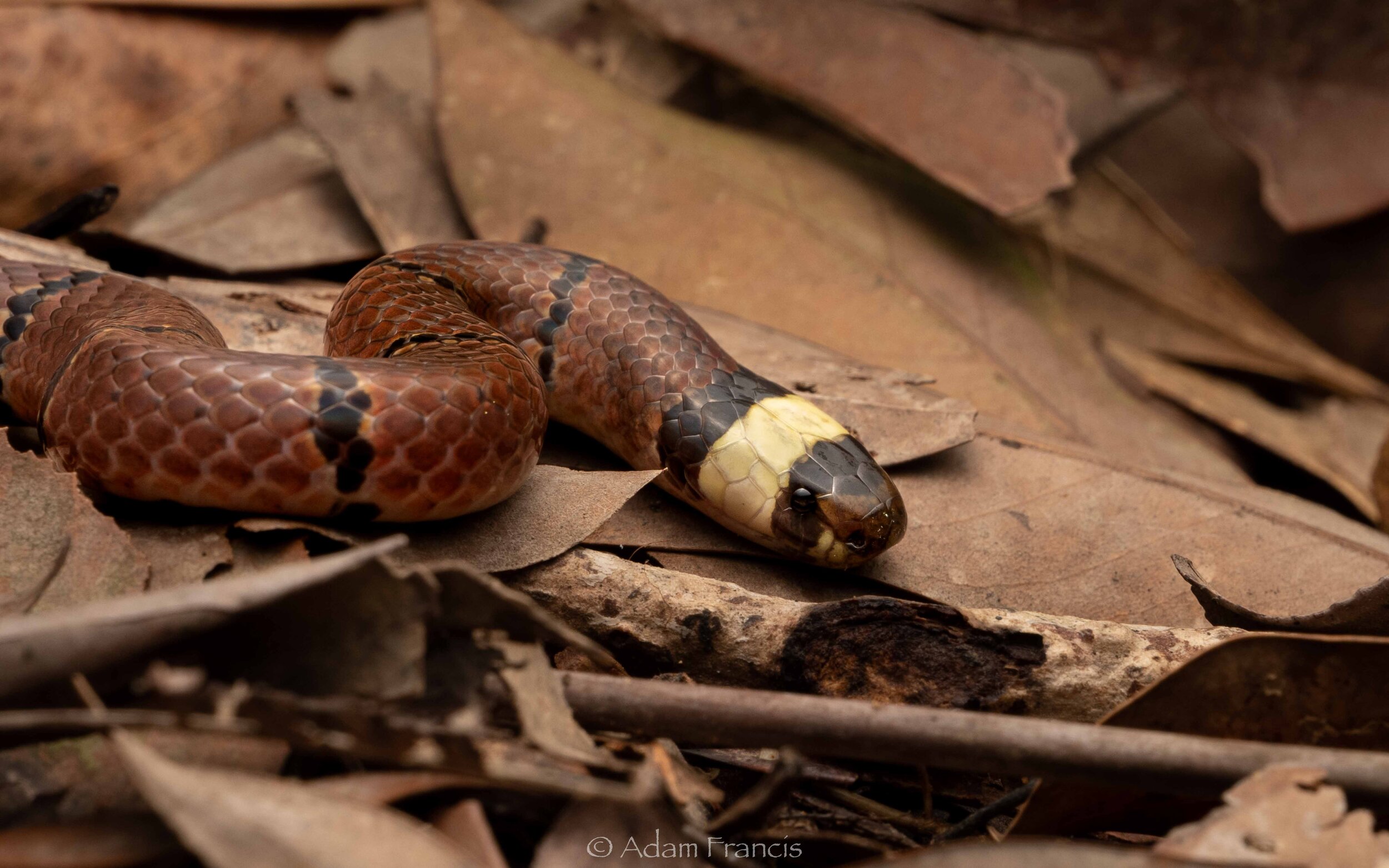SUMMARY
VENOM: Highly Toxic - Potentially Leathal
PREVALENCE: Not Common
ACTIVE PERIOD: Active at night
KEY ID FEATURES: Red in color with thin black bands outlined in white or yellow, small white and black banded head
BEHAVIOR: Hunts on the ground and in leaf litter
SIZE: Small - ~30-50cm
IUCN: NE - Not Evaluated
OTHER: Can bite with little indication from physical posturing
VENOM REVIEW*
COMPOSITION: Neurotoxins (likely).
LOCAL EFFECTS: Possibly localized pain.
GENERAL EFFECTS: Potential paralysis, likely delayed onset of symptoms, potentially lethal.
TREATMENT: Possibly antivenom.
*INFORMATION ON VENOM OBTAINED FROM WWW.TOXINOLOGY.COM
GALLERY
IMPORTANT: Many snakes have significant variance in coloration and pattern even within the same species. There can also be extreme differences in appearance from juveniles to adults so it is important to never assume you have properly identified a snake.

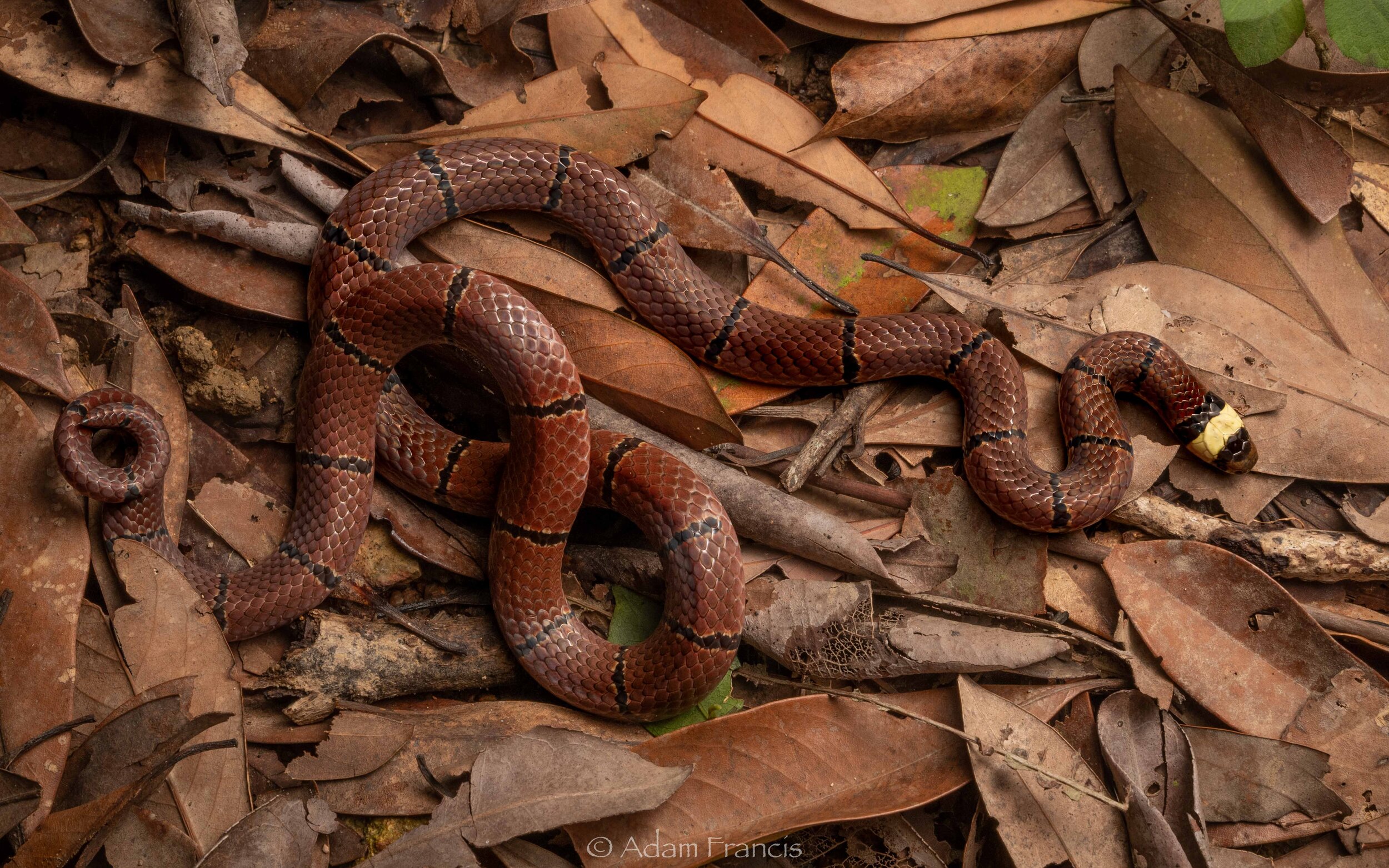

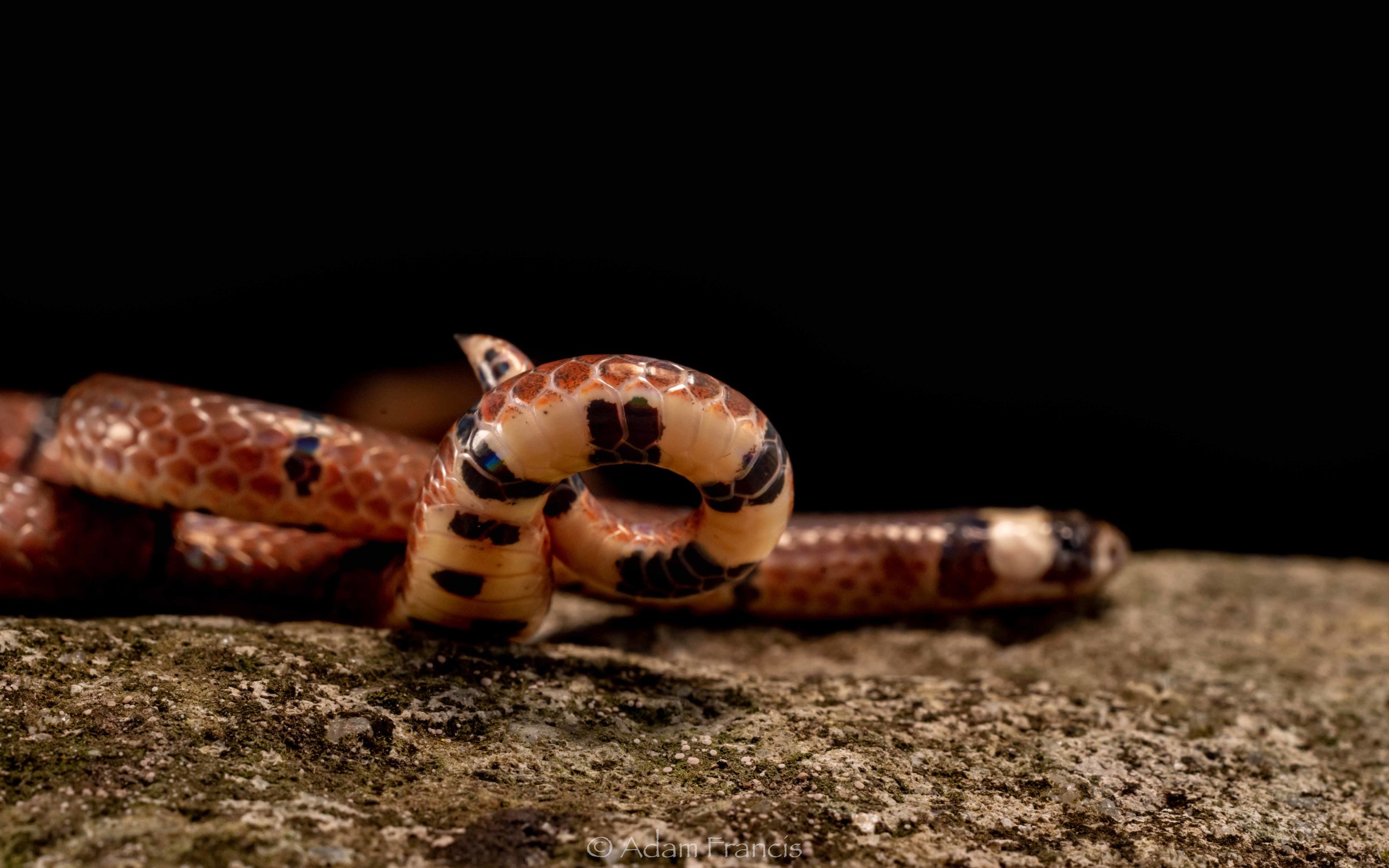
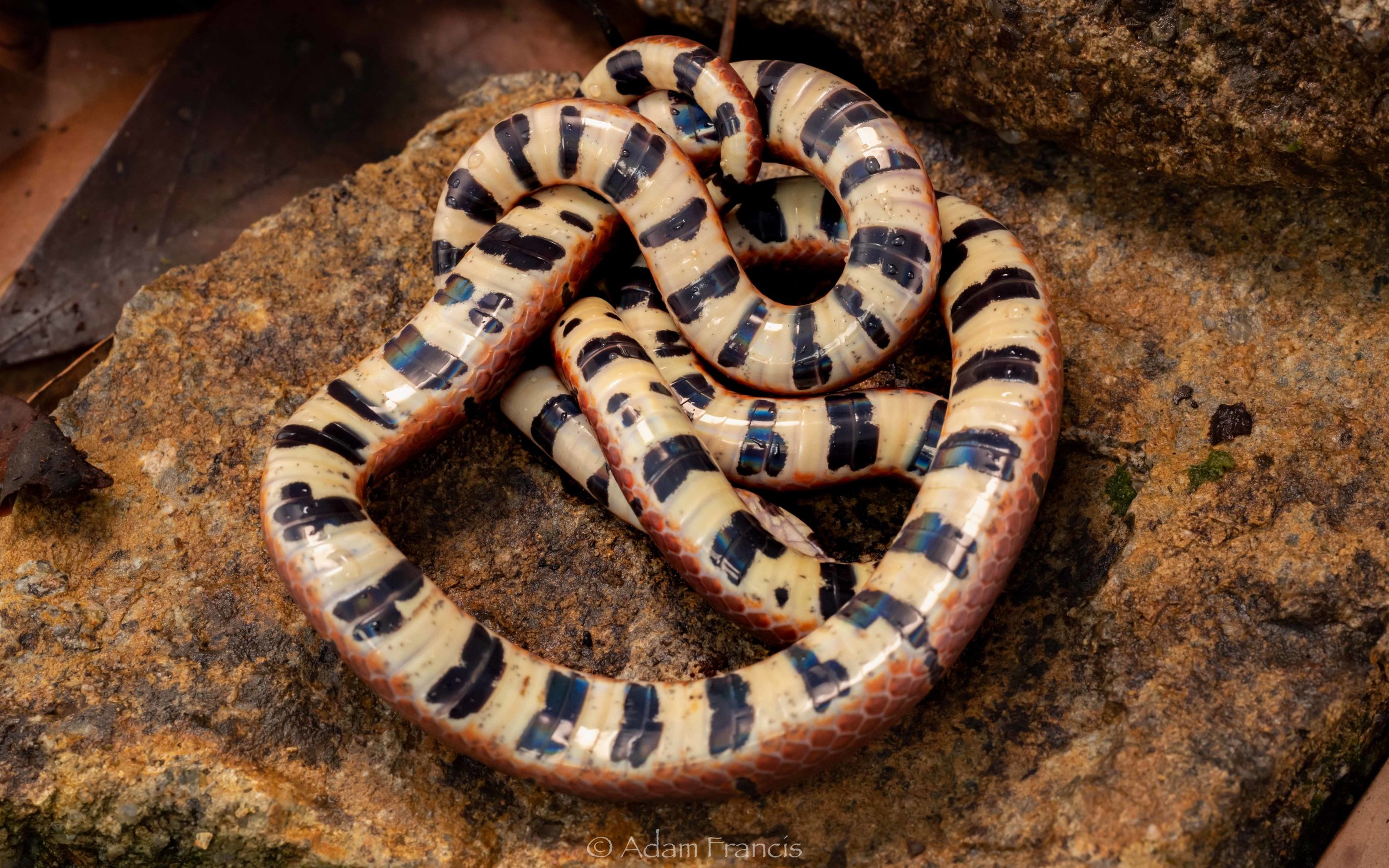

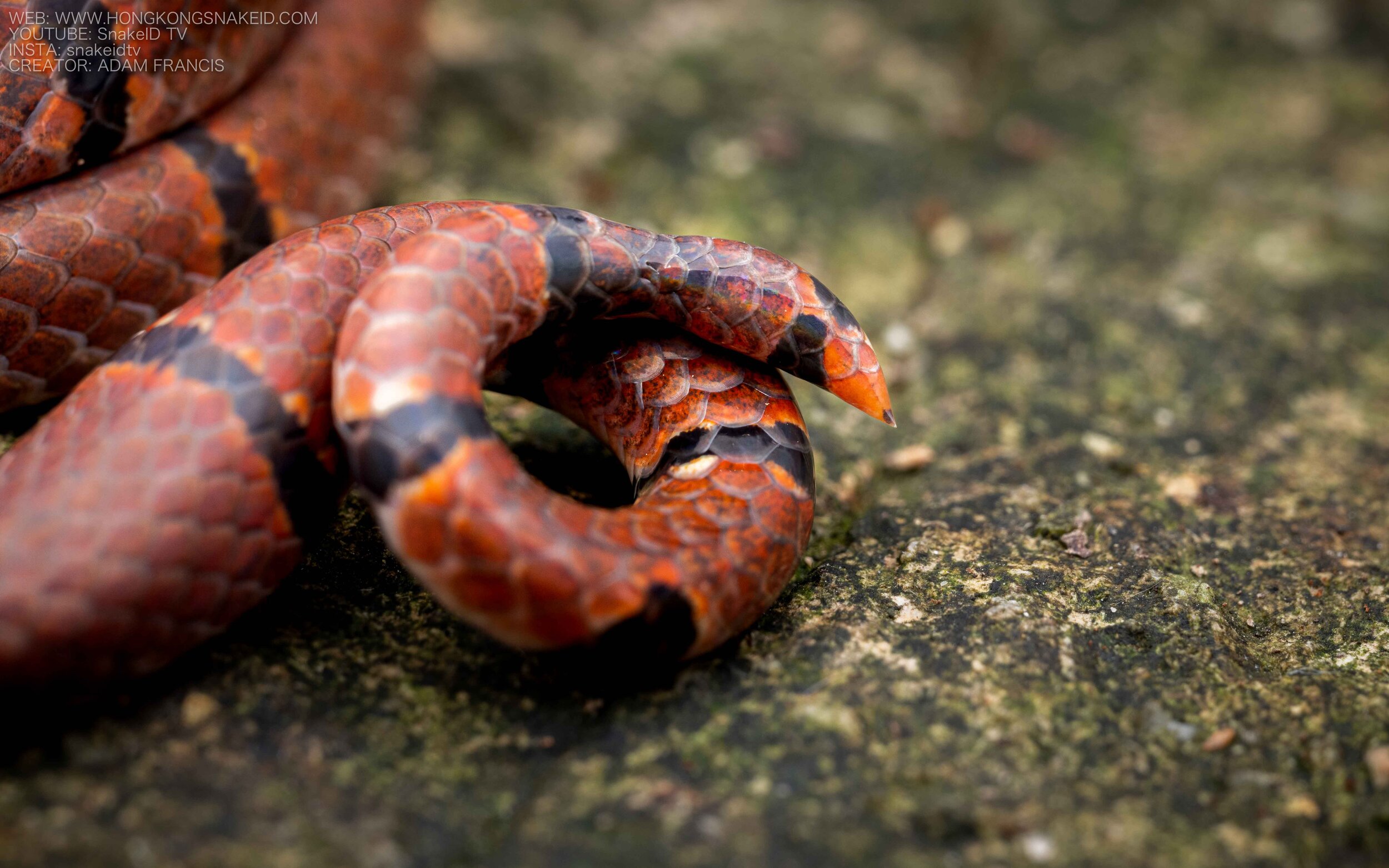
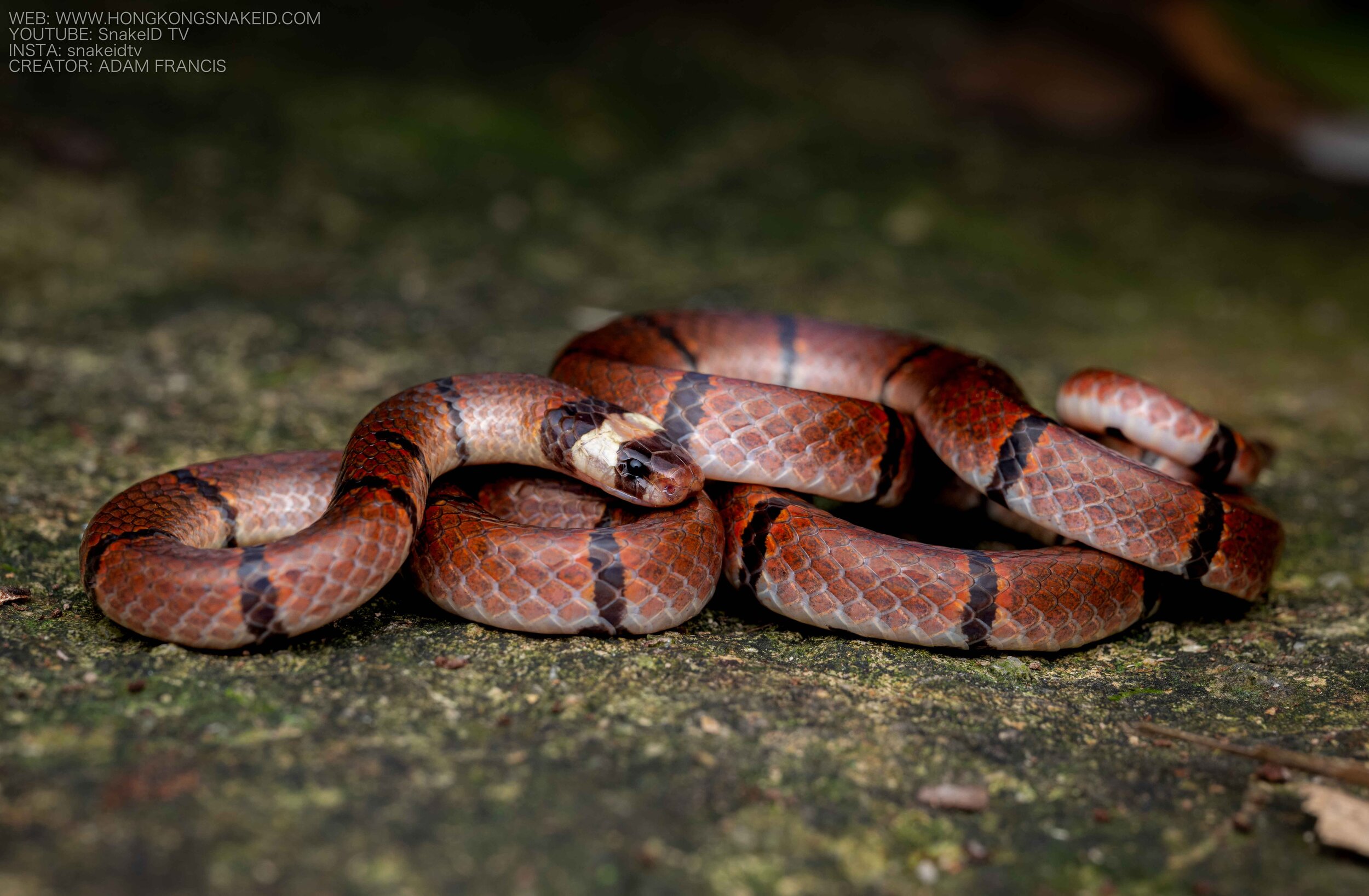
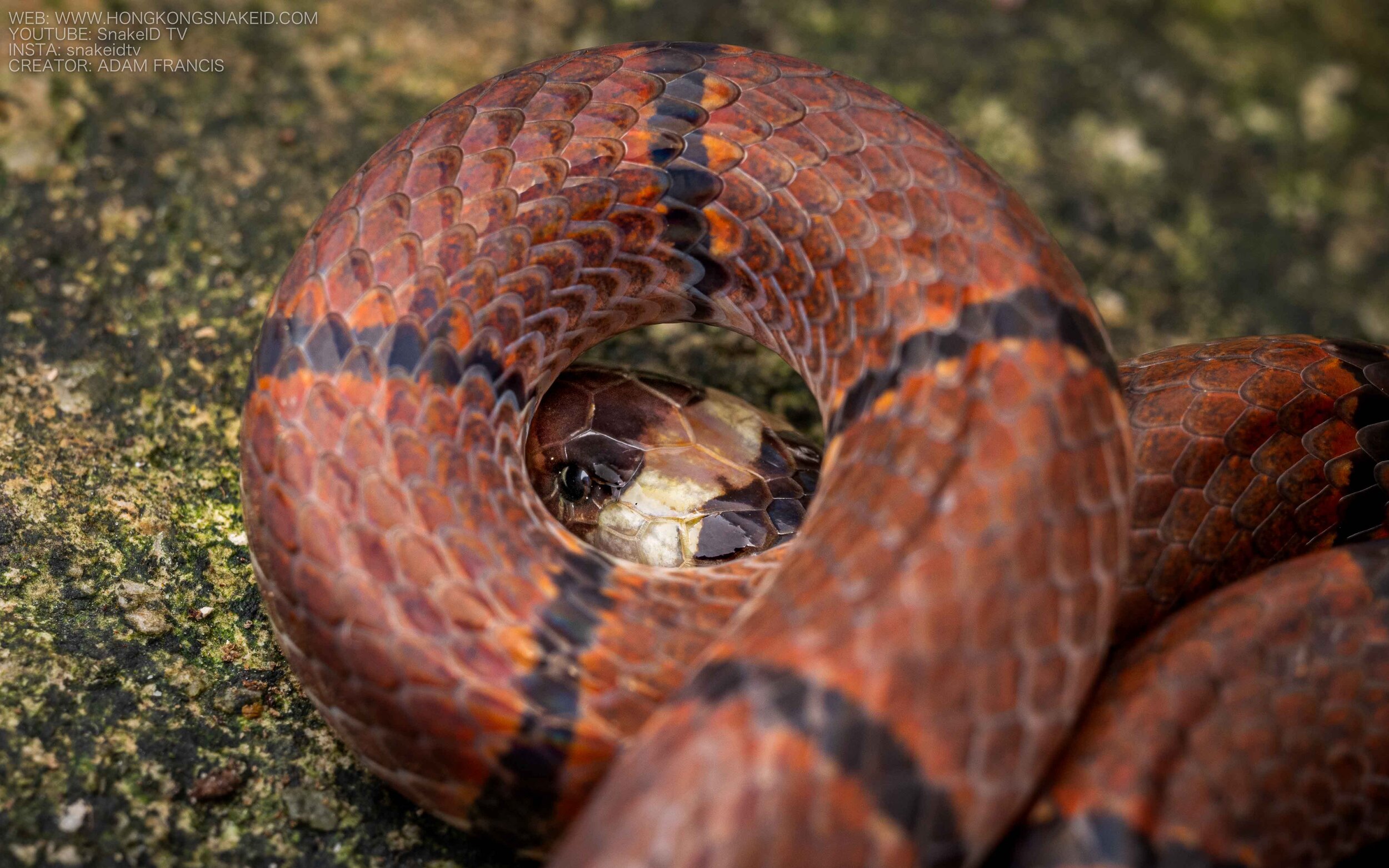
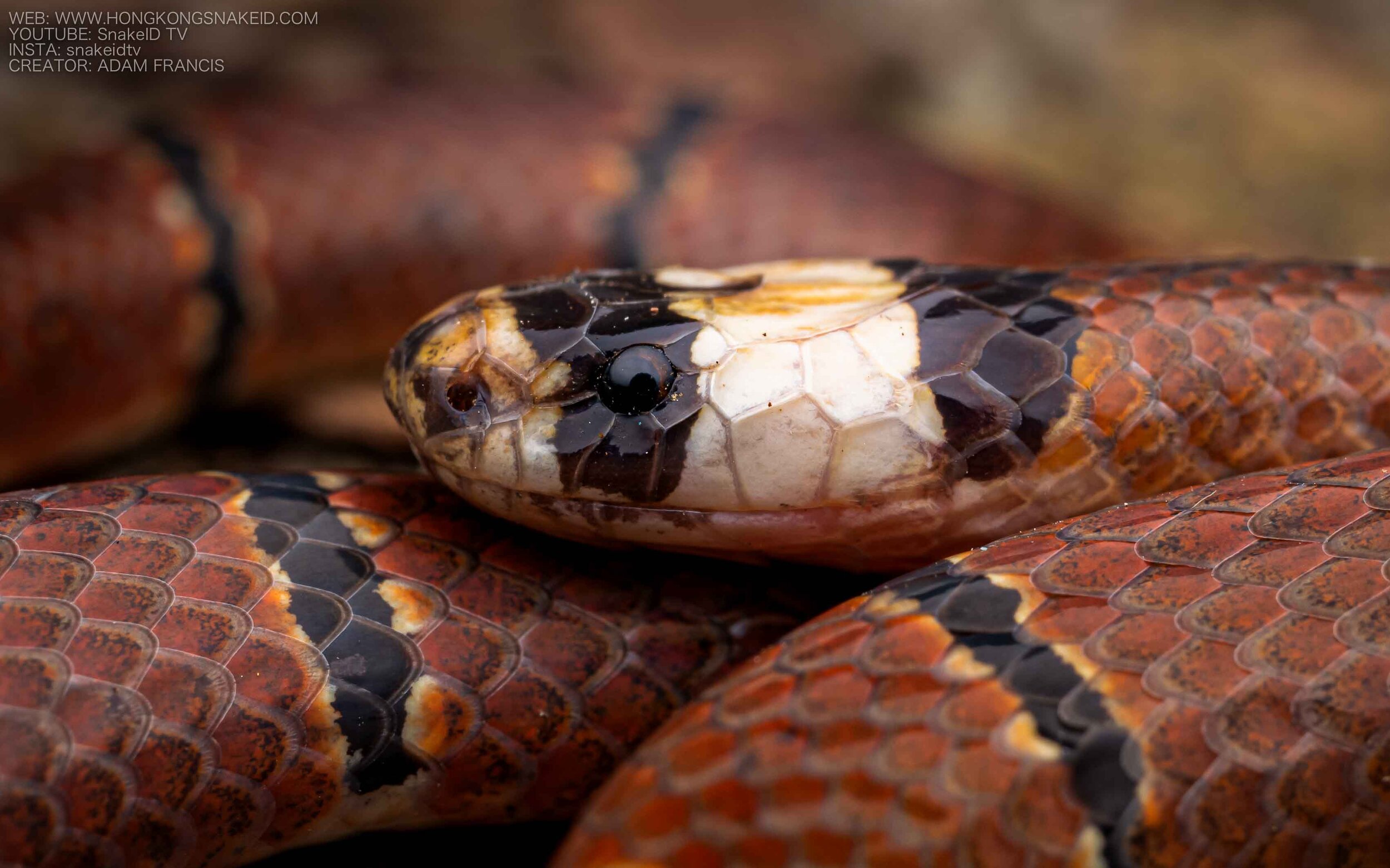
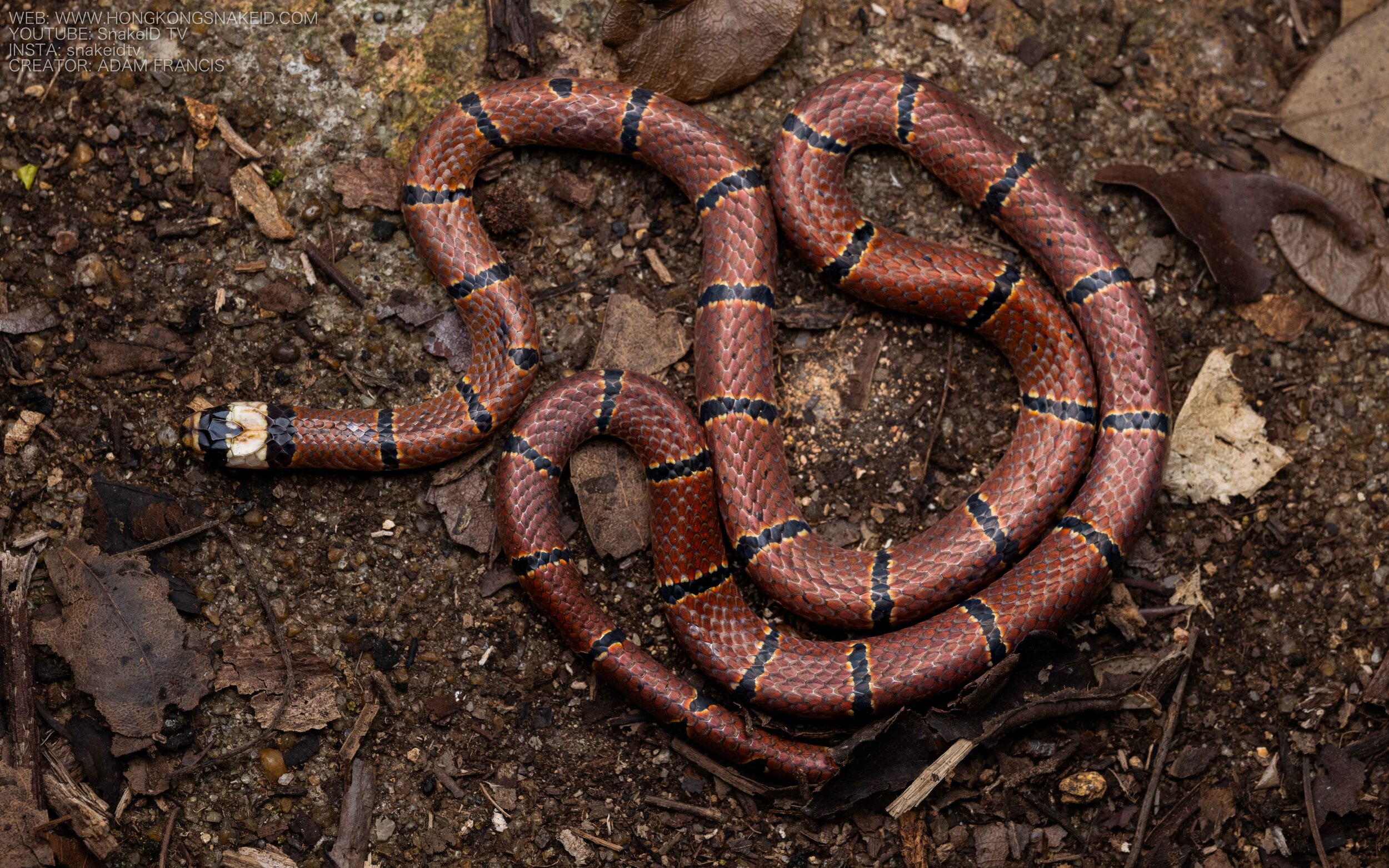
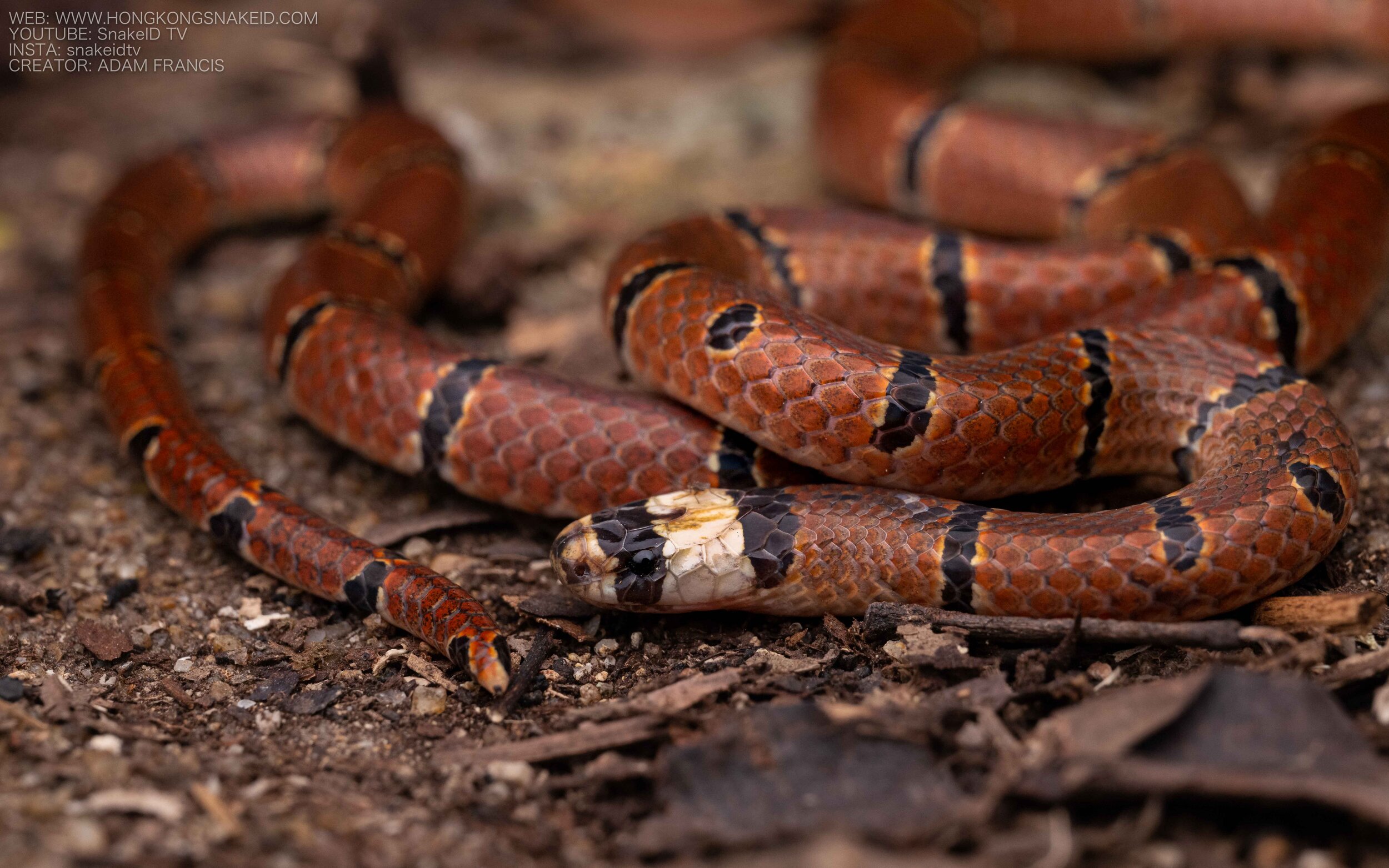

DESCRIPTION
Largely brick red in color, though sometimes more reddish brown with thin black banding running the length of the body highlighted in white or yellow. Banding can be more distinct in juveniles. Head is relatively small with black and yellow or white banding. Yellowish white belly with black markings which it will sometimes display defensively. Small sized species reaching ~30 to 50cm in length.
BEHAVIOR
Active at night and mainly hunts other snakes. Generally docile when approached they are not quick to bite but can do so if disturbed or handled. Normally slow and deliberate in their movement they are capable of moving quickly when fleeing or hunting. When startled or threatened will twitch wildly and sometimes bite, can also dart quickly under leaf litter and flatten body against the ground to hide or make it difficult for predators to pick up. If head is attacked may curl its tail into a spiral and display ventral/subcaudal scales as a decoy tactic. Hunt near water sources and in forested areas and will eat lizards as well as other snakes. Generally quite docile and not easily disturbed if viewed from a distance. Highly venomous and any bite should be treated as life threatening.
HABITAT
The MacClelland's Coral Snake is a terrestrial species often hunting at night. It can be found all over Hong Kong including Hong Kong Island but is rare to encounter. As a less common encounter, it is possible though very unlikely to bump into one on the trail during the day and if so they should be give a wide berth and left alone.
MISTAKEN IDENTITY
NO SNAKE SHOULD EVER BE HANDLED BY ANYONE BUT EXPERTS: The MacClelland's Coral Snake is not normally confused with other species given it's unique appearance.

